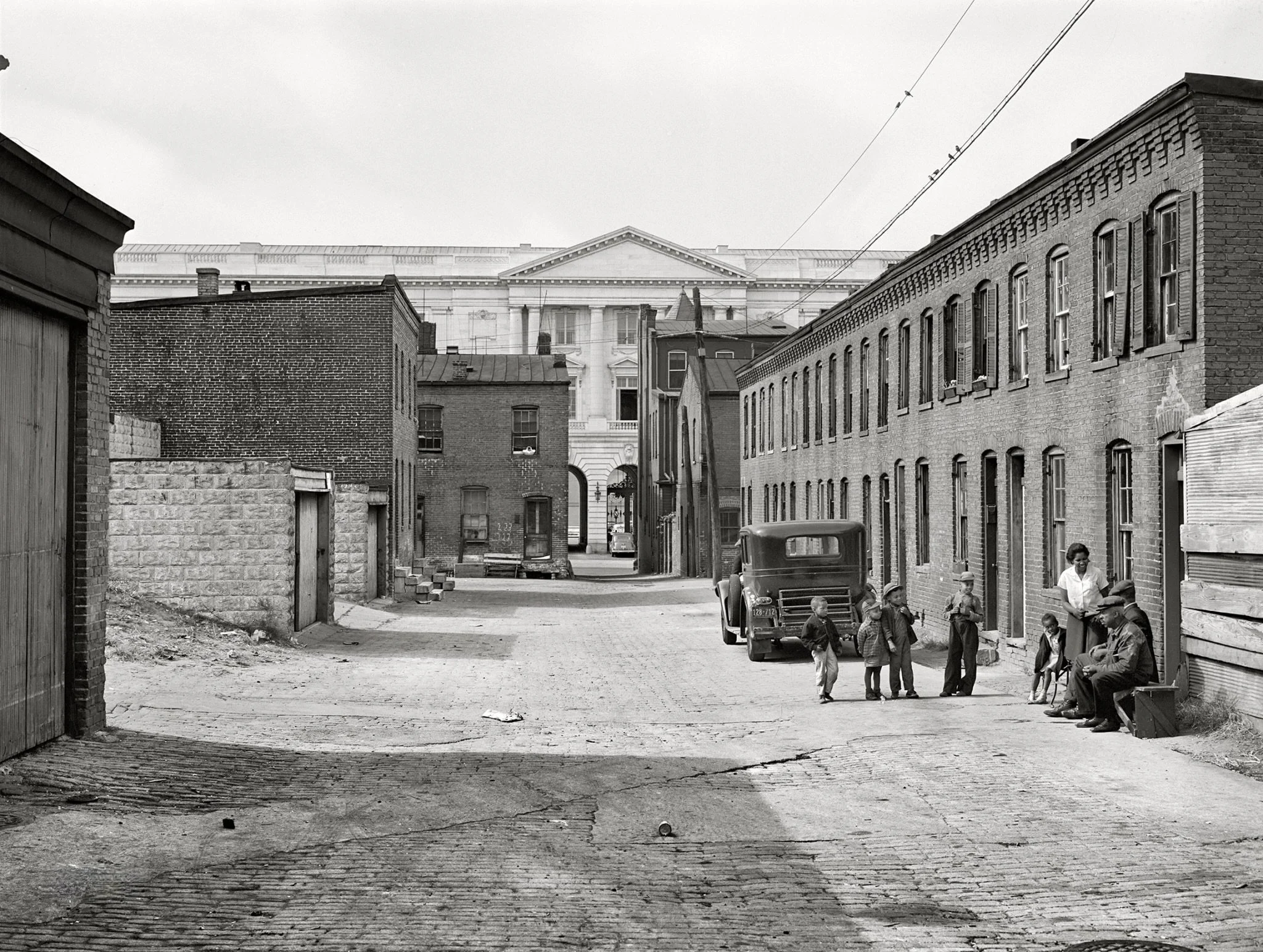Step inside the Temperance Garden time machine and learn about the relationship between urban planning, public health, and architecture through the story of alley life in Washington D.C. Our city was once home to hundreds of inhabited alleyways, “parallel worlds” where the city’s poorest residents built their livelihoods and communities of care. What was life like in the often-forgotten spaces between the streets? What became of these alley communities and why? How might these untold histories shape the future of urban design in our neighborhoods? We’ll explore these questions and more in conversation with Carolyn Swope, a doctoral student in urban planning at Columbia University, and Kim Williams, an architectural historian with the Office of Planning and author of the newly published book Hidden Alleyways of Washington D.C.
Carolyn Swope is a doctoral student in urban planning at Columbia University, and also holds a Master of Public Health. Broadly, her research interests focus on the relationship between housing and health disparities. She recently published an article examining the weaponization of health disparities by reformers pushing for alley clearance.
Kim Williams is an architectural historian with a particular interest in researching local history, neighborhoods, and urban planning developments in and around Washington, D.C. For the past 15 years, she’s been working in the D.C. Historic Preservation Office, where she am engaged in the research and historical designation of buildings, neighborhoods, and institutional districts.
Hosted by Aaron


